#dilute
Photo

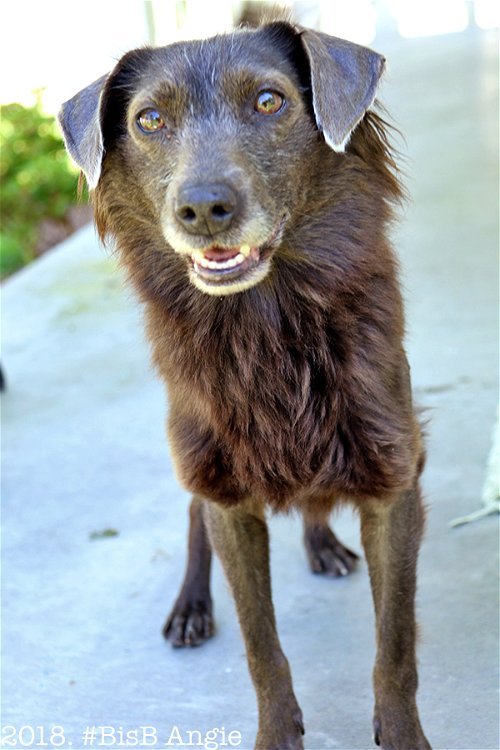
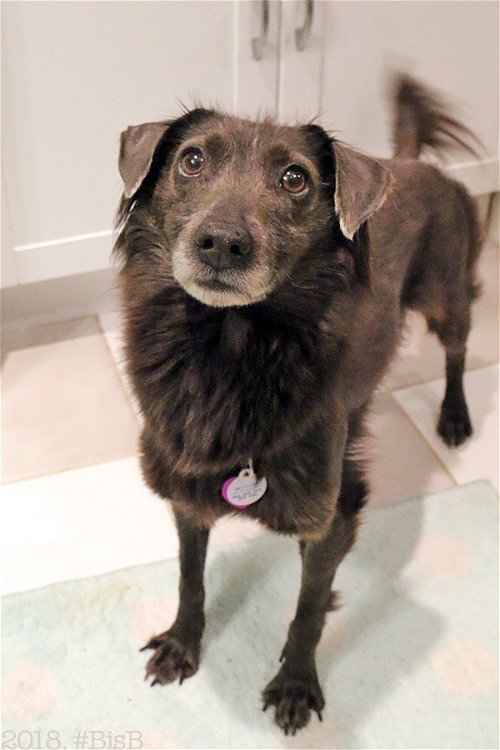
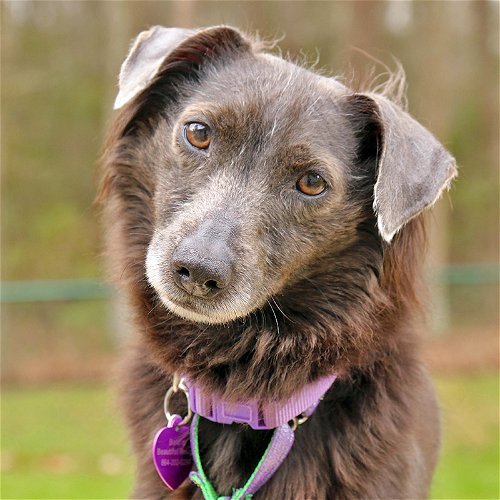


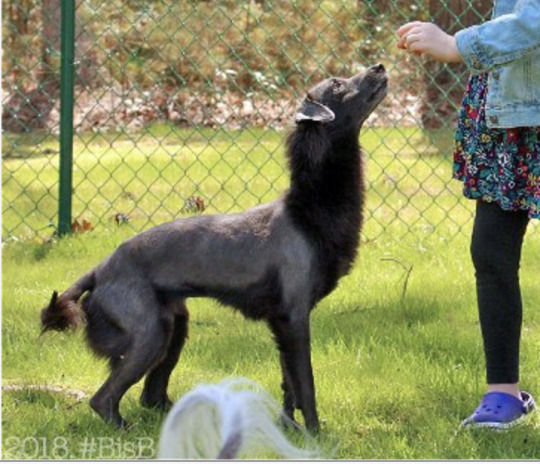
THIS is Angie, the best dog i’ve posted so far
she has me burning with inspiration, i never would have dreamed up a natural fur pattern like this
(source)
7K notes
·
View notes
Text
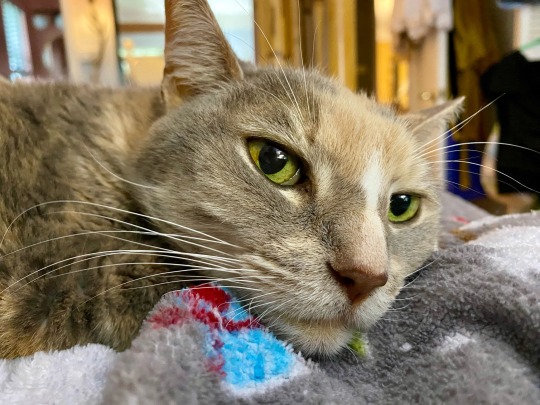



Dixie and babies.
The sleepy face of Sadie!
#sweet baby#sweet girl#cute#cat family#sweetest kitty#fat cat#gato#katze#sadie#Sadie bug#the bug#Sadie is sick#jaundice#old lady#old baby#inoperable tumor pressing on her bile duct#dilute tortie#dilute tortoiseshell#dilute#mama cat’s blog#big cat#neko#she’s so skinny#baby#Miami cat
68 notes
·
View notes
Text

Featured breed: none
genetics guide
Orange (?): this yet unidentified gene determines the type of the most prominent pigment: eumelanin or pheomelanin.
allele: O - mainly pheomelanin, red-based cat (variant)
allele: o - mainly eumelanin, black-based cat (wild type)
further information in this post
Dilute (melanophilin, MLPH): this gene determines the distribution of the pigments.
dominant allele: D - even pigment distribution, dark cat (wild type)
recessive allele: d - clumped, uneven pigment distribution, diluted cat (variant)
black -> blue
chocolate -> lilac
cinnamon -> fawn
orange -> cream
further description in this post
Bonus: Tortoiseshell patterns
Have you ever noticed that tortoiseshells with no white are much more brindled than tortoiseshell with lots of white?


The first cat has very small, intertwined black and red patches, while the second has well defined, big patches. What could cause this phenomenon?
I have to start the answer from far away. First, let's talk about the melanocytes.
Melanocytes are the cells in the skin that produce pigments. As you can see on this illustration, one melanocyte effects lots of skin cells.
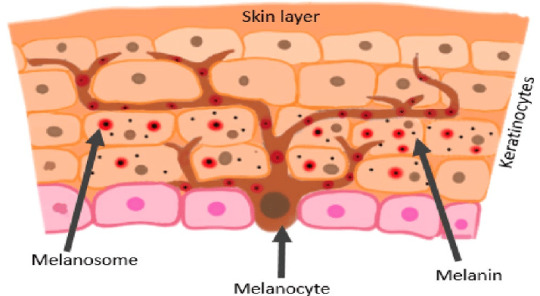
In tortoiseshells, each cell has an X chromosome with the black and one with the red allele, and - because of biological reasons i won't get into here -, they all "turn off" one of their X chromosomes, choosing between them randomly. (This is called X-inactivation.) The melanocytes produce pigments according to their active X chromosome's orange allele. The differently colored patches on the tortoiseshell pelt is the area a single melanocyte, or more precisely, its clones reach.
But why is it different based on the level of the white spotting?
Well, do you remember what the white spotting gene does?
White spotting (receptor tyrosine kinase, KIT): this gene determines the size of the area the pigment producing cells (the melanocytes) reach.
How does this works? During the development of the embryo, at a specific point the ws allele stops the creation of new melanocytes. This means as the embryo grows, the melanocyte coverage breaks up and the uncovered, new body parts become white.

In a full-colored cat, new melanocytes with their newly and randomly inactivated X-chromosomes are created for much longer, so they'll be present in much bigger numbers, therefore every cell will have much less space to further divide. This is why no-white or little white tortoiseshells have small patches.
If the melanocyte creation stops earlier, the single melanocytes have lots of space to divide, and they'll form big clone colonies. You can see them on calicos: at a very early point of the cat's life, every red and black patch was one single melanocyte!

#polls#cats#cat genetics#macska#genetics#tournament poll#round 3#orange#dilute#cat color gene tournament
49 notes
·
View notes
Text
Tiny Curiosity: Dilute vs Dilate
Dilute and dilate may sound and spell similarly, but they have different etymological roots and meanings.
Dilute:
Latin origin: "dis-" (apart) + "-luere" (combining form of "lavere" meaning to wash).
Usage:
1550s: "To weaken, remove the strength or force of."
1660s: "Render more liquid, make more thin or fluid."
c. 1600: "Thin, attenuated, reduced in strength."
Related Words:
Alluvium, deluge, lather, latrine, launder, lavatory, lavish, lotion, lye
Dilate:
Latin origin: "dis-" (apart) + "lātus" (broad, wide, widespread, extended).
Usage:
Late 14th century: "Dilaten" from Old French, "Describe at length, speak at length."
Early 15th century: Transitive meaning, "Expand, distend, spread out, enlarge in all directions."
15th century: Intransitive sense, "Spread out, expand, distend."
Related Words:
Latitude
This is part of my Tiny Curiosity series. I publish worldbuilding tidbits, trivia, etymology to this blog.
8 notes
·
View notes
Note
About that oddly colored doe with one eye: I've never seen this occur in deer before, but it looks like she may have somehow mutated dilution genes similar to lilac in cats, isabella in dogs, or cremello/perlino/smoky cream in horses. This type of dilution is pretty rare even in domestic animals, so for it to show up randomly in a wild animal is incredibly improbable. Very cool!!
That’s what I was thinking, though the word escaped me at the time! The color AND skin change is wild, such a gorgeous girl, and I wonder if the missing eye is congenital and tied to her color? Here she is with a normal deer, by the way! In this shot she looks like she has both eyes and her nose looks colored and almost doesn’t look like the same animal, but it’s from the same photoset and same photographer. More than likely is her, could just be the lighting/quality!

#ask#white tailed deer#odocolleus virginianus#ungulate#color mutation#physical differences#dilute#honestly on iNaturalist in the aberrant group I get tired with the amount of piebald and leucistic white tails#I saw her and was like WTF#don’t get me wrong any piebald animal is cool as hell#there just are SO many pictures#same with grey squirrel morphs#it’s like 60% white tails and squirrels
87 notes
·
View notes
Text
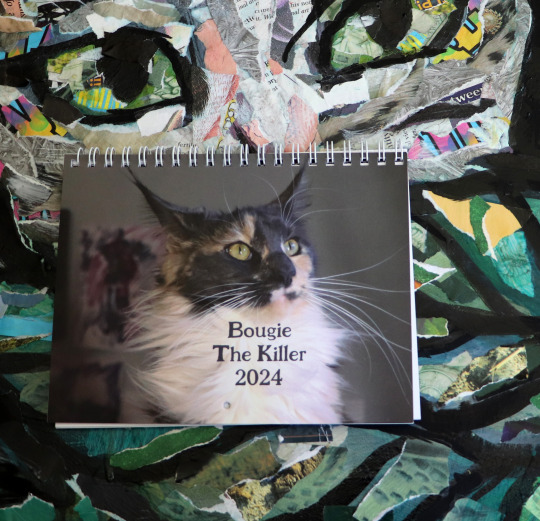
9 notes
·
View notes
Text

“‘Who’s the prettiest girl in the shelter?’ Is this a trick question!? It’s me, obviously, but am I supposed to know that? Maybe modesty is seen as a type of beauty? But self-esteem is important too... Is overthinking beautiful?…” — Camryn
cdhs.net
10 notes
·
View notes
Text
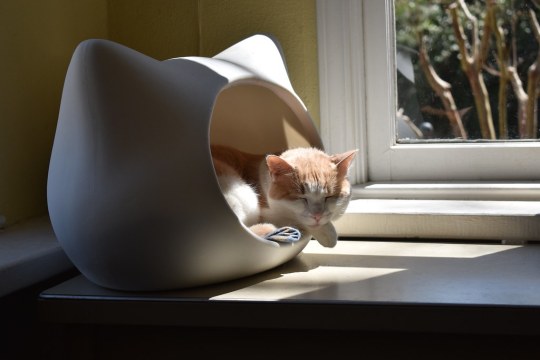
#IFTTT#Flickr#otis#dilute#orange#ginger#tabby#male#cat#creamsicle#masked#whiskas#catheadbed#catbed#sunny#window#sunroom#neko#macska#kedi#猫#kočka#kissa#γάτα#köttur#kucing#gatto#고양이#kaķis#katė
20 notes
·
View notes
Photo
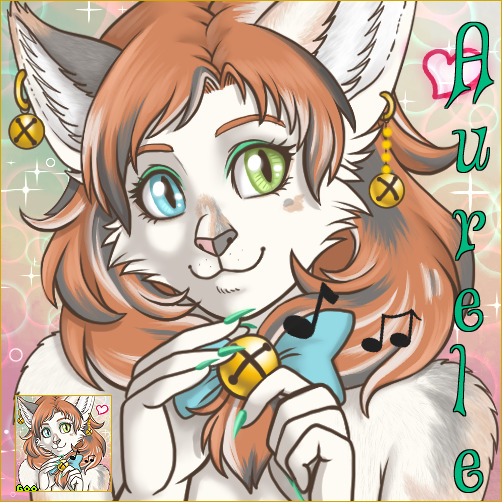
Port commish: Aurele
Behold! A catboy. I know the internet loves them, so have a super cute one. :3 I got to help design him, too, so I may be a liiittle bit biased.
--------------------------
For links to other art pages, socials and commissions: guttergoo.carrd.co/
For my fiance and I's comic project: www.deviantart.com/botc-comic
Posted using PostyBirb
2 notes
·
View notes
Photo

She met her grandparents last Saturday and she did so well!
Etsy | Instagram | TikTok
6 notes
·
View notes
Text
Can you fit these words somewhere in your WIP today?
Dilute
Kiss
Oracle
Fix
#writing prompts#one word prompts#prompt list#prompt blog#writing inspiration#wfyw word sets#daily prompt#dilute#kiss#oracle#fix
9 notes
·
View notes
Text

Description of the genes under the break
Beware, this one is even longer!
Genetics guide
Brown (tyrosinase-related protein-1, TYRP1): this gene determines the quantity of the functional eumelanin.
dominant allele: B - full pigment production, black cat (wild type)
"middle" allele: b - less pigment, chocolate cat (variant)
recessive allele: bl - even less pigment, cinnamon cat (variant)
Order of dominance: B > b > bl
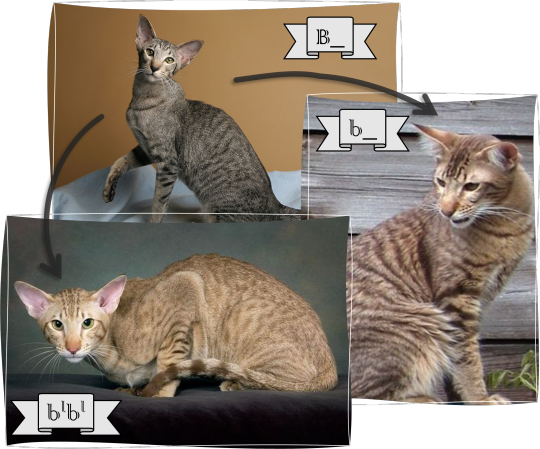
If every other allele is wild type except this, we'll have a chocolate or cinnamon mackerel tabby cat. (On the picture the cinnamon cat is spotted rather than striped, because i couldn't find a decent mackerel. So sad.) Chocolate and cinnamon cats are possible in every pattern.
Dilute (melanophilin, MLPH): this gene determines the distribution of the pigments.
dominant allele: D - even pigment distribution, dark cat (wild type)
recessive allele: d - clumped, uneven pigment distribution, diluted cat (variant)
black -> blue
chocolate -> lilac
cinnamon -> fawn

In these pictures the difference isn't that striking between the black and the blue mackerel tabby, but if you look up at the header, in solid cats it's much more pronounced.
For further comparison of undiluted and diluted color pairs on one picture (to eliminate differences in lightening):


black vs blue and red vs cream
Every possible color and pattern can be diluted (with the only exception of white).
Orange (?): this yet unidentified gene determines the type of the most prominent pigment: eumelanin on pheomelanin.
allele: O - mainly pheomelanin, red-based cat (variant)
allele: o - mainly eumelanin, black-based cat (wild type)
This gene is special in two related ways: first, it's located on the X chromosome, which means tomcats only have one allele; second, the alleles are codominant - if a cat carries both of them, it'll show both phenotypes: this is how we get tortoiseshell cats. This explains why almost all tortoiseshell cats are females - every tortie needs two different X chromosomes.

Combined with other variant alleles every possible color and pattern occure as tortoiseshell, but the O allele is epistatic over a lot of genes: for example agouti (the phenotype of every orange cat is tabby, even the genetically solid ones) and brown (since eumelanin is mostly absent thus can't change - the genotypes OO B_, OO b_ and OO blbl are all means red cat).
The dilute version of red is called cream.
The dilution level is always the same in the colors of a tortoiseshell: the undiluted black, chocolate and cinnamon is paired with red, the diluted blue, lilac and fawn are paired with cream.
White (receptor tyrosine kinase, KIT): this gene determines the size of the area the pigment producing cells (the melanocytes) reach.
dominant allele: W - basically no melanocytes, white cat (variant)
allele(s): ws - limited area is covered, white-spotted cat (variant)
allele: w - all of the body is covered by the melanocytes, full-colored cat (wild type)
recessive allele: wg - only the paws remain white, gloved cat (variant)
Order of dominance: W > ws = w > wg

Since the gloving allele is kind of specific to the breed, I used a birman cat to illustrate it.
Lots of alleles here! Actually I'm not sure what's the most accepted opinion about them, but since these variant are all mapped to KIT, I considered them alleles.
If every other gene shows the wild type except for this, we'll have a white, or a white-spotted black mackerel tabby cat, but thanks to the ws allele(s) every color and pattern can be combined with white patches. However, the W allele is epistatic over every other gene: if a cat has one or two copies of W, it will be white regardless everything else.
ws is interesting: it has an additive effect, a cat with the wsws genotype will have more white than a cat with only one copy of it. wg is fully recessive: the gloved phenotype only present if the cat's genotype is wgwg.
#cats#cat genetics#genetics#macska#polls#tournament poll#brown#dilute#orange#white#white spotting#introductions#cat color gene tournament
36 notes
·
View notes
Text
Well.

I think
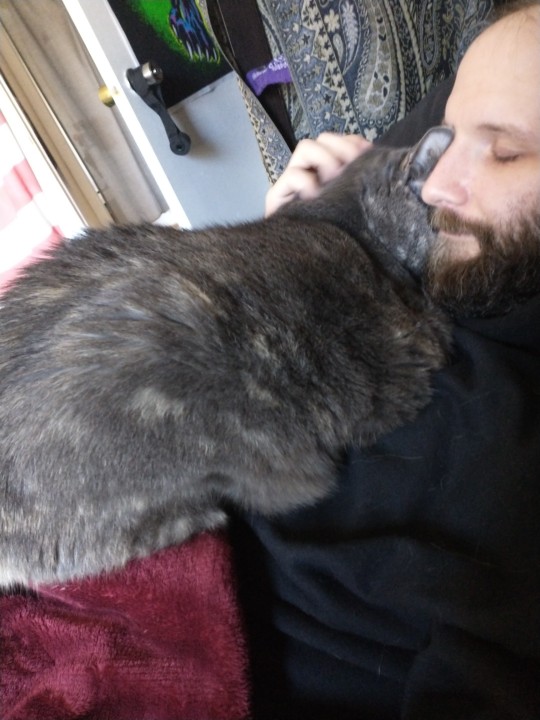

She likes me
#shes now under the covers between my feet which is a bold choice#now that she knows i will cuddle with her it has become a demand#cat#dilute#tortie
3 notes
·
View notes
Video
Desk Clutter Kitty by Lacy
#Desk Clutter Kitty#desk#clutter#kitten#kitty#calico#dilute#maine coon#cat#cats#caturday#office#art#artist#studio
4 notes
·
View notes
Text
Word of The Hour: dilute
English: dilute 1. to make thinner or more liquid by admixture with something 2. to diminish the strength, flavor, color, etc., of, by mixing 3. to thin and dissolve by mixing ------------ - French: diluer - German: verdünnt - Hindi: पतला कर - Italian: diluire - Portuguese: diluir - Spanish: diluir ------------ Report an incorrect translation @ https://wordofthehour.org/r/translations
0 notes
Text

“Let it snow.” — Camryn
cdhs.net
#Camryn#cat#cats#cats of tumblr#adopt don’t shop#shelter cat#north dakota#central dakota humane society#humane society#tortie#dilute
5 notes
·
View notes